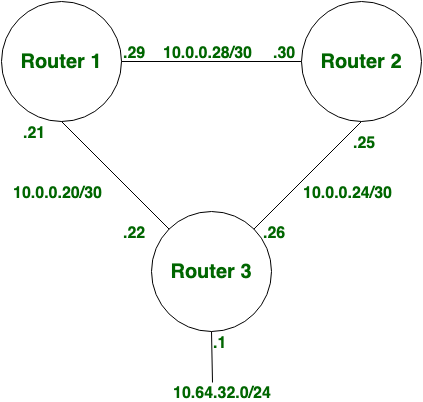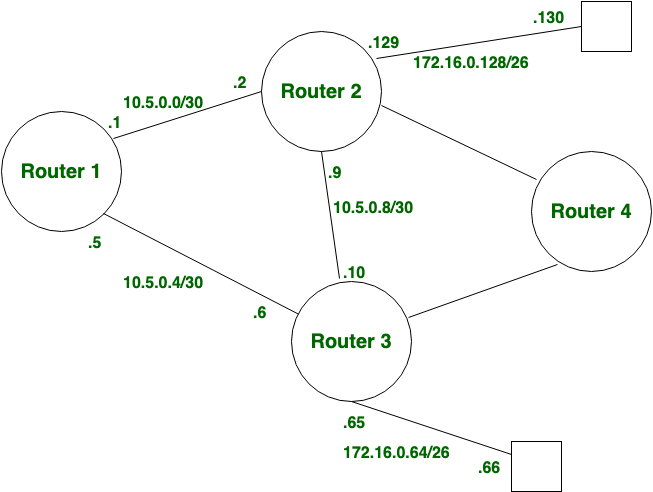Difference between Static and Dynamic Routing (original) (raw)
Last Updated : 28 Dec, 2024
Routing is a vital communication mechanism that governs how data packets travel from source to destination. Effective routing ensures that data is transferred across networks in an efficient, reliable, and timely manner. There are two main forms of routing: static and dynamic. In this article, we will discuss the differences between static and dynamic routing.
**What is Static Routing?
Static Routing is also known as **non-adaptive routing which doesn't change the routing table unless the network administrator changes or modifies them manually. Static routing does not use complex routing algorithms and It provides higher or more security than dynamic routing.
**Advantages of Static Routing
- No routing overhead for the routerCPU which means a cheaper router can be used to do routing.
- It adds security because only an only administrator can allow routing to particular networks only.
- No bandwidth usage between routers.
**Disadvantage of Static Routing
- For a large network, it is a hectic task for administrators to manually add each route for the network in therouting table on each router.
- The administrator should have good knowledge of the topology. If a new administrator comes, then he has to manually add each route so he should have very good knowledge of the routes of the topology.
**What is Dynamic Routing?
Dynamic routing is also known as **adaptive routing which changes the routing table according to the change in topology. Dynamic routing uses complex routing algorithms and it does not provide high security like static routing. When the network change(topology) occurs, it sends the message to the router to ensure that changes then the routes are recalculated for sending updated routing information.
**Advantages of Dynamic Routing
- Easy to configure.
- More effective at selecting the best route to a destination remote network and also for discovering remote networks.
**Disadvantage of Dynamic Routing
- Consumes morebandwidth for communicating with other neighbors.
- Less secure than static routing.
**Difference between Static and Dynamic Routing
**Static routing and dynamic routing are two fundamental concepts in network communication. Static routing uses preconfigured paths, while dynamic routing automatically adjusts paths based on current network conditions.
| Static Routing | Dynamic Routing |
|---|---|
| In static routing routes are user-defined. | In dynamic routing, routes are updated according to the topology. |
| Static routing does not use complex routing algorithms. | Dynamic routing uses complex routing algorithms. |
| Static routing provides high or more security. | Dynamic routing provides less security. |
| Static routing is manual. | Dynamic routing is automated. |
| Static routing is implemented in small networks. | Dynamic routing is implemented in large networks. |
| In static routing, additional resources are not required. | In dynamic routing, additional resources are required. |
| In static routing, failure of the link disrupts the rerouting. | In dynamic routing, failure of the link does not interrupt the rerouting. |
| Less Bandwidth is required in Static Routing. | More Bandwidth is required in Dynamic Routing. |
| Static Routing is difficult to configure. | Dynamic Routing is easy to configure. |
| Another name for static routing is non-adaptive routing. | Another name for dynamic routing is adaptive routing. |
Conclusion
Routing is crucial that allows every network device across the world to share data with each other across internet. Shortest path is selected by the routing algorithms when routing a data packet. Routing Algorithms select the shortest path based on metrics like – hop count, delay, bandwidth etc. The core network device used in routing is router. Routes are stored in a logical data structure called – ‘**Routing Table‘. Static routing is a process in which we have to manually add routes to the routing table while In Dynamic Routing packets are transmitted over a network using various shortest path algorithms and pre-determined metrics.